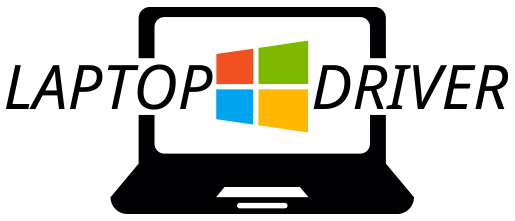
Investing In Our Most Precious Asset In 2013: Our Beautiful Brains and Minds
Open a weekend New York Times or Wall Street Journal, and you’ll find a whole section with detailed information and advice for individuals looking to invest wisely. What you will not find, however, is comparable information and advice for investing in your most important asset of all: your brain. Precisely because it (usually) does its job so smoothly and effectively, it’s all too easy to forget that your brain is there and that it needs to be invested in just as with anything else we value and want to continue reaping benefits from.
And with more than 2 billion people worldwide currently suffering from brain-based health and productivity challenges with a resulting global economic burden of more than $2 trillion, according to our research, it’s also an issue of some importance.
We’ve made a lot of progress over the last century in understanding the brain, but it wasn’t until the last few decades that we’ve come to understand the ways in which our everyday behaviors affect, for better or worse, our brain’s health and performance.
We now know that certain basic activities, including physical exercise, proper nutrition, stress management, and mental exercise, are integral components of a brain-healthy lifestyle, and people are waking up to the fact that they need to be proactive in monitoring and managing the health and fitness of their brains. As detailed in this new market report on digital brain health, the large majority of respondents to a 2012 survey of 3,000+ decision-makers and early adopters in the field found that the majority believe that brain health should be a health care priority, that adults should take charge of their own “brain fitness,” and that digital technologies significantly augment traditional approaches.
As a growing number of consumers, innovators, and decision-makers invest in digital technologies to better monitor and enhance cognition across the lifespan, we are witnessing the rapid growth and development of a new digital brain health marketplace. Right now, the digital brain health market — which includes both software applications and biometric hardware products designed to monitor, assess, enhance or repair neurocognitive functions such as executive attention working memory and emotional self-regulation — can be divided into four main customer segments: consumers, health care, senior living, and insurance providers, K12 school systems, and employers.
Consumers have become the predominant customer segment, surpassing health care/insurance providers, as the combination of an increase in the diagnosis of learning disabilities, anxiety disorders, an aging baby boomer population with a keen interest in maintaining their mental sharpness, and the trending desire for a healthy lifestyle has consumers looking for healthier, non-invasive alternatives to existing drug-led and therapist-led approaches.


